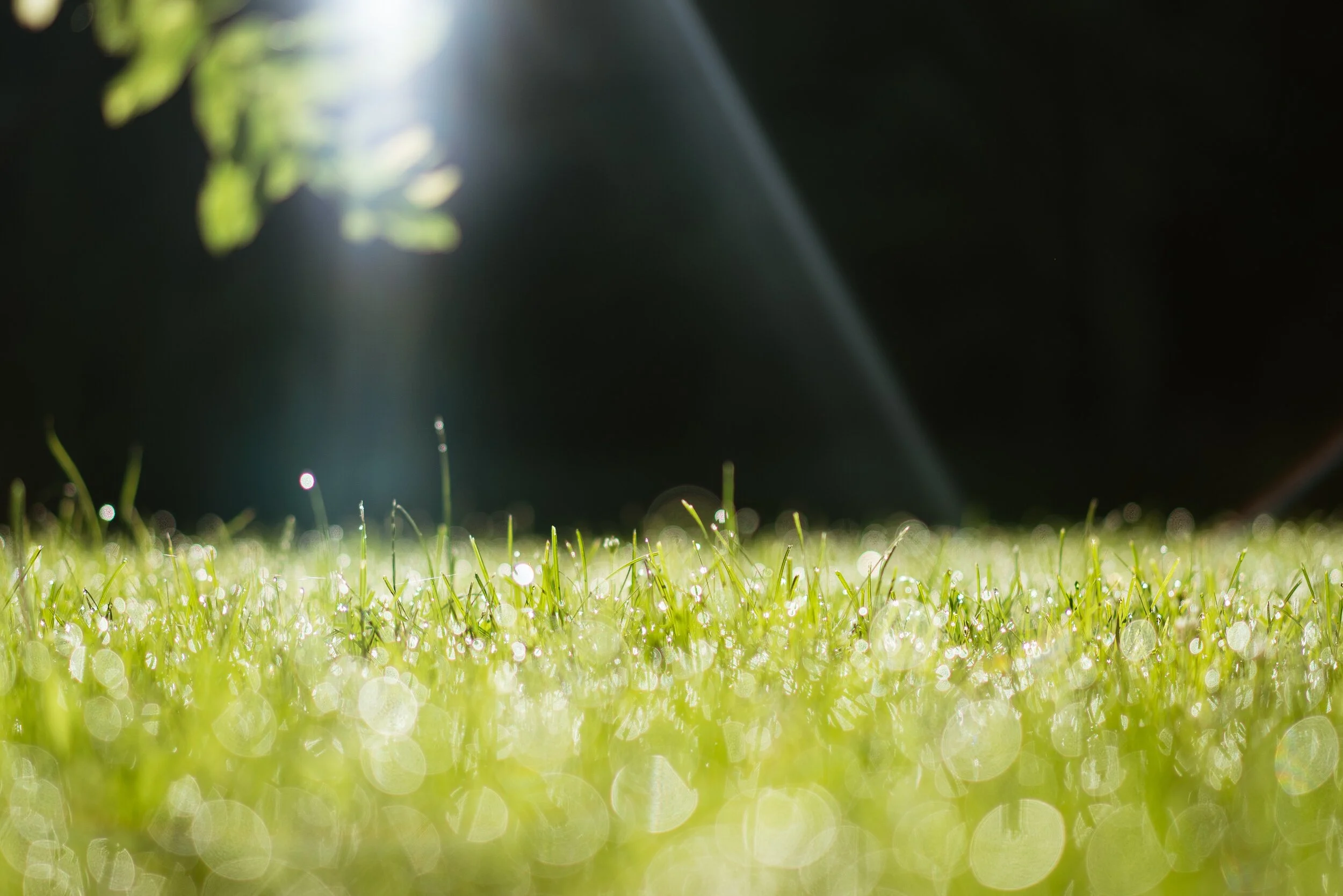Your Lawn Restoration Journey Begins
Congratulations on your first step in taking a small piece of nature under your care and becoming a steward of the land! Restoring your lawn not only creates a healthy and chemical-free environment that you and your family can enjoy – you’re also facilitating a larger ecosystem restoration within your community. Thank you! Restoring your lawn to its native state of beauty takes a bit or work in the short term but you’ll reap the benefits of a low maintenance lawn for years to come.
Simply follow these 4 scientifically backed steps to lawn restoration:
Step 1: Analyze & Plan
The first step of Lawn Restoration is taking the time to analyze its current condition by:
Defining Each Zone
Testing Each Zone for Nutrient Deficiencies
Evaluating Overall Lawn Health
During this step, you will be taking the time to inspect your lawn and pinpoint the issues preventing it from thriving. Completing each task will allow you to precisely understand interplay of sunlight, shade, soil texture, soil composition, soil health, nutrient profiles, pests, and disease on the health of your lawn.
By the time you have finished analyzing your lawn, you’ll have all the data you need to create a custom lawn restoration plan.
Step 2: Prep
In this step, you will be improving the condition of your lawn through various natural lawn care methods and troubleshooting techniques designed to create the perfect environment for growth and longevity. These will include:
Soil Nutrition (Macro Nutrients & Micro Nutrients)
Soil Structure (Soil Texture, Organic Material, Compaction, Water Movement)
Soil PH Balance
Soil Disease, Pest Management, & Weeds
Step 3: Plant
The time has arrived to seed your Grown Green lawn, sit back and watch as it takes root in a disease-free and organic soil foundation — where a rich balance of macro and micro nutrients gives life to beautifully-natural grass. Planting a lawn is best done in late summer or early fall, with spring planting being the second-best option. When planting lawn seed, you will be focusing primarily on ensuring proper soil-to-seed contact, an even spread, a measured soil cover and frequent watering.
Step 4: Nurture
Now that your natural lawn is busy growing, it’s time to take protective measures to nurture its development over the coming weeks, months and seasons. Newly-planted grass is extremely delicate, and doesn’t hold up well under foot traffic — which can disrupt its root system and foliage and result in dead or stunted grass.
A general rule of thumb is to avoid foot traffic (especially heavy foot traffic) during the first growing season, which should give your grass enough time to bond with the soil and grow into strong and healthy plants. During this time, it will be important to use a ‘starter fertilizer’ with a high concentration of phosphorous to promote rapid mineral uptake, while avoiding activities like mowing and leaf-blowing for at least one full season after planting. Nurturing your newly-planted grass should extend across 3 full growing seasons, excluding winter. After this time period, your seedlings will have grown into a lush and beautiful lawn ready for light maintenance and lawn care over the years.
Next Steps
Congratulations on successfully growing a chemical-free organic lawn! Your actions promote environmental revival and reduce human impact on soil, water and local ecosystems. Now that your lawn is fully-grown, it will begin to reproduce on its own and should only require ongoing light maintenance.





